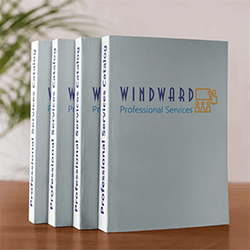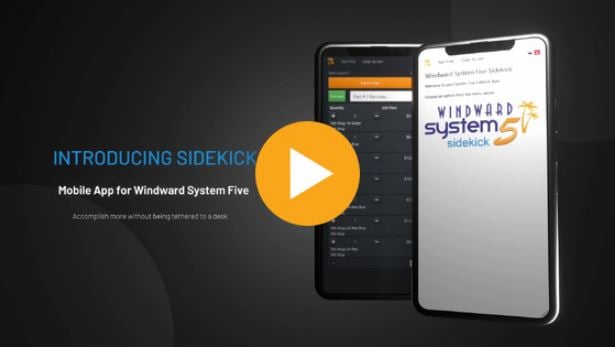The simplest way of generating barcodes for existing inventory parts and printing shelf labels for them Is from a Design Inventory report.
The first step is to create an inventory label that contains the barcode field.

I also recommend changing the barcode type from UPC to 128. This will allow longer barcodes that may have formatting or characters that UPC barcodes cannot encode.

Once you have created and saved your shelf label, you can begin creating your Barcode Generator report.
From the System Five Navigator, Click on Inventory and Purchases, Inventory Reports, and Design Inventory Reports.

When the report designer opens, in the Report Name Field, type the name you want for this report. In my examplke I have named it BARCODE GENERATOR.

Click on the options tab.
The only option that is needed to make this report display and add barcodes is "List Barcodes from Alternate Suppliers Tab".
You can check other options depending on what you want, but for the purposes of this article, "List Barcodes from Alternate Suppliers Tab" is the only option we must have checked.

Next we need to designate the columns we need. For this article the fields I selected below will do the job. I have included a blank column between the description and barcode fields for clarity, but you can omit it. Also you can add other columns if you want to see them when you run the report.

The next step is to view the report. This will show you all the inventory items and whether or not they have associated barcode numbers.

If the report looks correct and you can see barcode numbers in the Barcode Number column, then the report is working correctly.
The final step is to click back on the Report Tab and click the Save button to save your report. This hasn't made any changes to your inventory yet. We have just created the report that will do the work for you. In the next section we will open the report back up and begin generating barcodes.

Inventory and Purchases - Inventory Reports - Design Inventory Reports,
Now that you have created the report and created the label for your shelf tags, you can use the same report to print shelf labels for inventory pricing that has changed within a certain period of time.
To do this, from the System Five Navigator, Click on Inventory and Purchases, Inventory Reports, and Design Inventory Reports.

Now select your BARCODE GENERATOR report,

Now on the Filter tab, make sure that Ask has been checked next to Price Change.
Now, select a start date and end date where the price change would have occurred.
You will also need to put a check next to List in the selection box.

Now click on the view button and in the report, you should only see a list of items which had a price change between the dates you specified.
------------------------------------------------------------------------------------------------------------------------------------------
Created by Steve Wind August 8, 2023.




